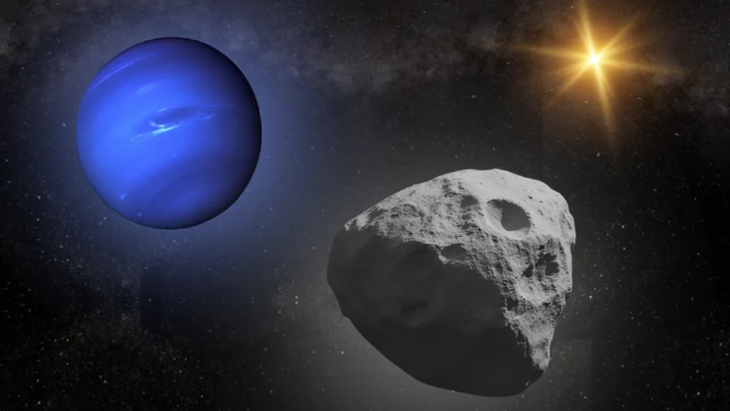
Illustration of an object 'dancing' with Neptune - Photo: Robert Lea
This is the first object confirmed to have an orbit around the Sun of exactly one revolution for every 10 revolutions around Neptune – a resonance ratio never before recorded.
A study led by the Harvard & Smithsonian Center for Astrophysics (CfA), recently published in the Planetary Science Journal, promises to change our current understanding of the motion and evolutionary history of distant objects in the Solar System.
2020 VN40 belongs to the group of trans-Neptunian objects – celestial bodies located very far from, beyond the orbit of the eighth planet. Discovered in the LiDO (Large Inclination Distant Objects) survey, this object has a strongly inclined orbit relative to the orbital plane of the planets, with an average distance to the Sun 140 times the distance from Earth to the Sun.
"This is a major step forward in understanding how the far reaches of the Solar System are affected by Neptune's gravity," said Dr. Rosemary Pike (CfA), the lead author. "It helps shed light on how these objects form and evolve."
Typically, objects with orbital resonances with Neptune—such as a 2:3 or 1:2 ratio—reach their closest point to the Sun (perihelion) when Neptune is very far away, thus avoiding collisions or gravitational disturbances.
However, 2020 VN40 approaches the Sun while Neptune is also nearby, as seen from above in the Solar System plane. Although the two objects are vertically far apart (2020 VN40 is below the orbital plane), this movement is highly unusual and completely different from any known resonant object.
Dr. Ruth Murray-Clay (University of California Santa Cruz) likened this phenomenon to "discovering a hidden rhythm in a seemingly familiar piece of music." This forces scientists to reconsider the patterns of motion of objects at the edge of the Solar System.
The LiDO survey utilizes the Canada-France-Hawaii Telescope along with the Gemini and Magellan observatories to hunt for objects with sharply tilted orbits—a previously understudied area. To date, the team has discovered more than 140 distant objects and expects to find many more thanks to new observatories such as the soon-to-be-operational Vera C. Rubin Observatory.
Dr. Kathryn Volk (Institute of Planetary Sciences) stated: "We are opening a new door into the history of the Solar System, and this is just the beginning."
Source: https://tuoitre.vn/phat-hien-vat-the-bi-an-quay-theo-nhip-voi-sao-hai-vuong-202507220902314.htm








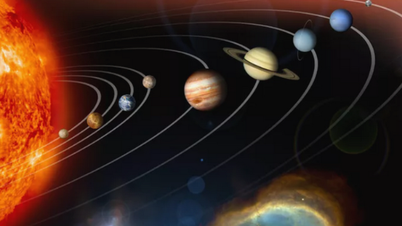
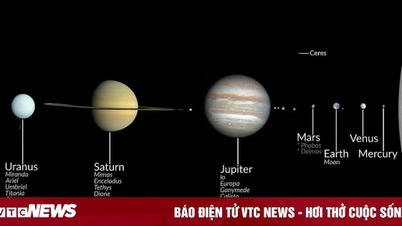

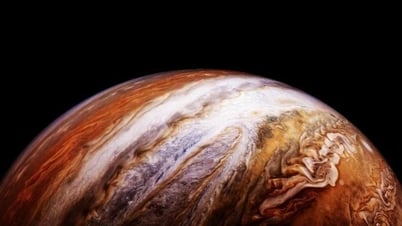



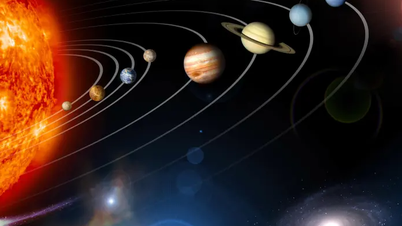
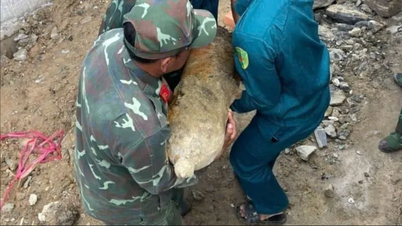



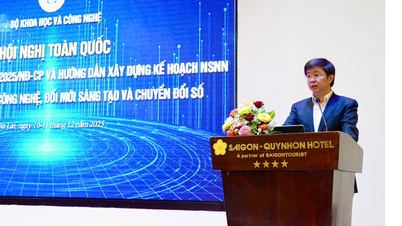





















![[Video] The craft of making Dong Ho folk paintings has been inscribed by UNESCO on the List of Crafts in Need of Urgent Safeguarding.](https://vphoto.vietnam.vn/thumb/402x226/vietnam/resource/IMAGE/2025/12/10/1765350246533_tranh-dong-ho-734-jpg.webp)




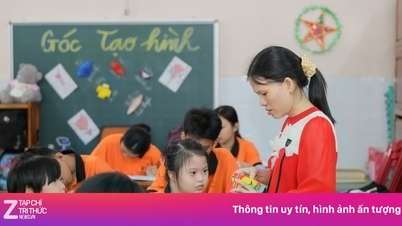





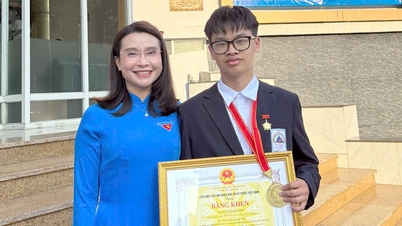



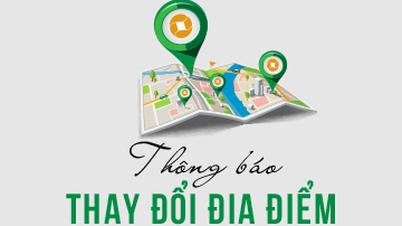




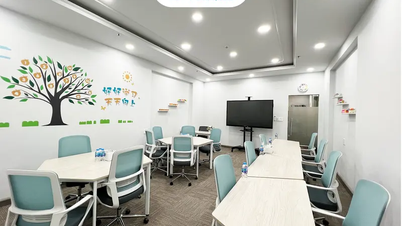











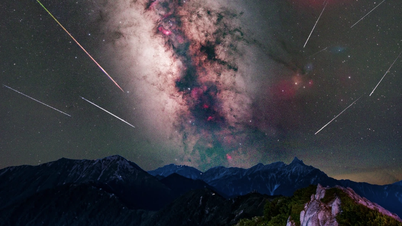

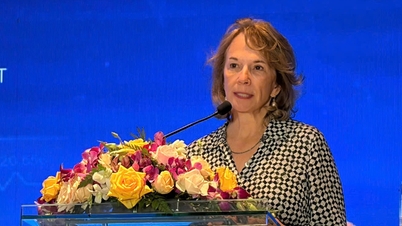
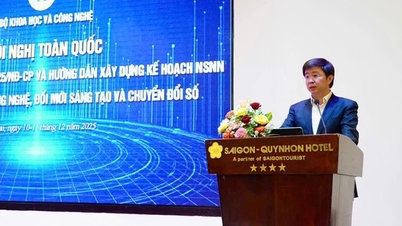

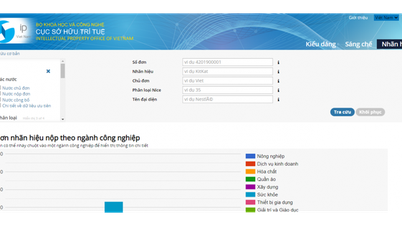

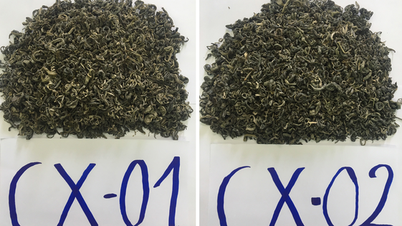

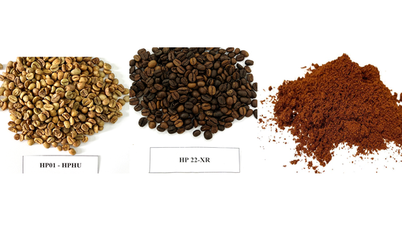




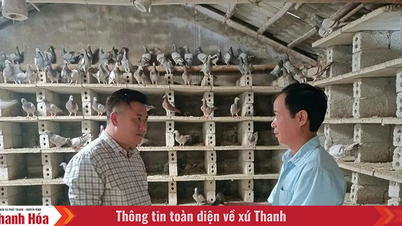
















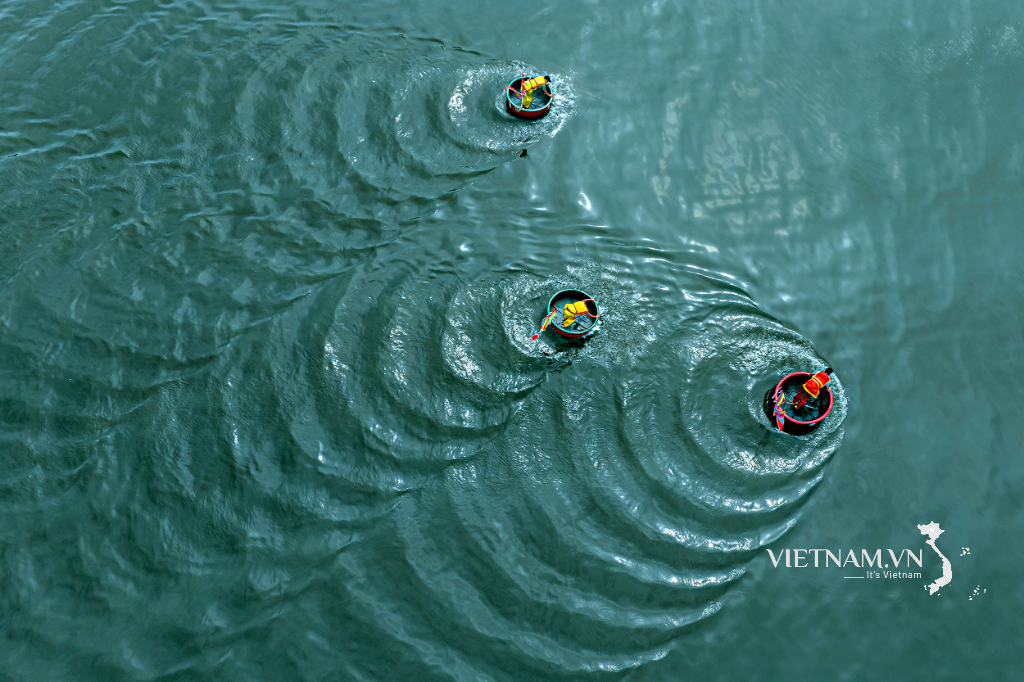






Comment (0)